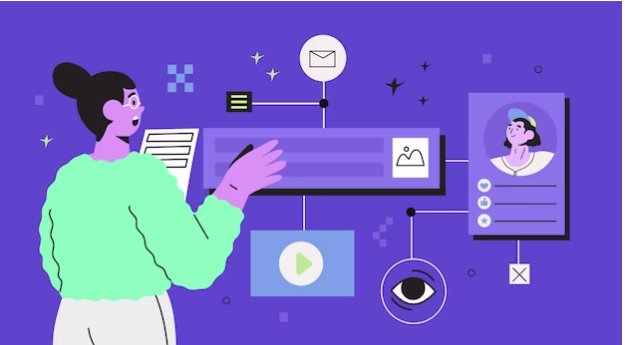Artificial Intelligence (AI) is reshaping the landscape of digital marketing, particularly in the realm of social media. AI-driven video creation offers brands the ability to produce content at scale, personalize messages, and optimize engagement through data-driven insights. However, leveraging AI in video marketing on social platforms comes with its own set of best practices and pitfalls. This blog explores the do’s and don’ts of using AI videos for social media marketing, providing key strategies, examples, and insights to help you maximize your marketing efforts effectively.
Introduction: The Rising Role of AI in Social Media Video Marketing
As social media platforms evolve, so does the technology used to engage with audiences. AI-driven Social Media tools are now essential for marketers looking to capitalize on the efficiency and effectiveness of their social media strategies, especially through video content. Yet, navigating this technology requires a thoughtful approach to avoid common mistakes and ensure positive outcomes.
Do: Personalize Content for Your Audience
AI’s capability to analyze vast amounts of data can be used to tailor video content to the preferences, behaviors, and interests of specific audience segments.
Effective Strategy: Use AI to segment your audience based on their engagement history and demographics, then create personalized video messages that speak directly to these segments.
Real-World Example: Netflix uses viewing history data to personalize trailers and video content for its users, significantly increasing click-through and watch rates.
Don’t: Over-Automate Your Content
While AI can streamline content creation, over-reliance on automation can make your brand feel impersonal and disconnected from its audience.
Caution: Ensure that AI-generated videos maintain a human touch. Integrate user-generated content or real employee stories to balance automation and authenticity.
Balance in Practice: A lifestyle brand combines AI-generated video content with live Q&A sessions from influencers to keep the content engaging and personalized.
Do: Optimize Video Formats for Each Platform
Each social media platform has its own set of best practices for video, including preferred video lengths, formats, and features.
Optimization Strategy: Use AI tools to automatically adjust video resolutions, formats, and aspect ratios to match the specifications of platforms like Instagram, Twitter, and Facebook.
Stat Insight: Videos optimized for mobile viewing drive up to 50% more engagement due to the prevalence of mobile usage on social platforms.
Read here – 8 Different Ways to Use AI to Generate Videos
Don’t: Ignore Platform-Specific Guidelines
Failing to adhere to the unique guidelines and user expectations of each platform can result in lower engagement and even content being flagged or removed.
Best Practice: Stay updated with the latest platform guidelines for video content. Utilize AI-driven analytics to understand which types of content perform best on each platform and why.
Do: Utilize AI for Timely and Relevant Content Delivery
AI can predict the best times to post and the topics that are most likely to resonate with your audience based on trending data and predictive analytics.
Implementation: Deploy AI tools to schedule posts for optimal engagement and to analyze current trends for content relevance.
Successful Application: A fashion brand uses AI to track fashion trends on social media and quickly produces video content that aligns with these trends to capitalize on their popularity.
Don’t: Neglect User Privacy and Data Security
When using AI to gather and analyze user data for video personalization, it’s crucial to adhere to privacy laws and regulations to protect user information.
Security Measures: Ensure all AI tools and practices comply with regulations like GDPR and CCPA when handling user data.
Example for Caution: A tech company faced backlash after using customer data without explicit consent to create personalized videos, highlighting the importance of ethical data use.
Conclusion: Harnessing AI Video Technology Responsibly
AI videos represent a powerful tool for enhancing social media marketing strategies, offering unparalleled efficiency, personalization, and data-driven insights. By following these do’s and don’ts, marketers can effectively leverage AI to not only meet but exceed modern consumer expectations. As technology evolves, so too should the strategies we use to engage with audiences, ensuring that we remain as responsive and responsible as the tools at our disposal.





